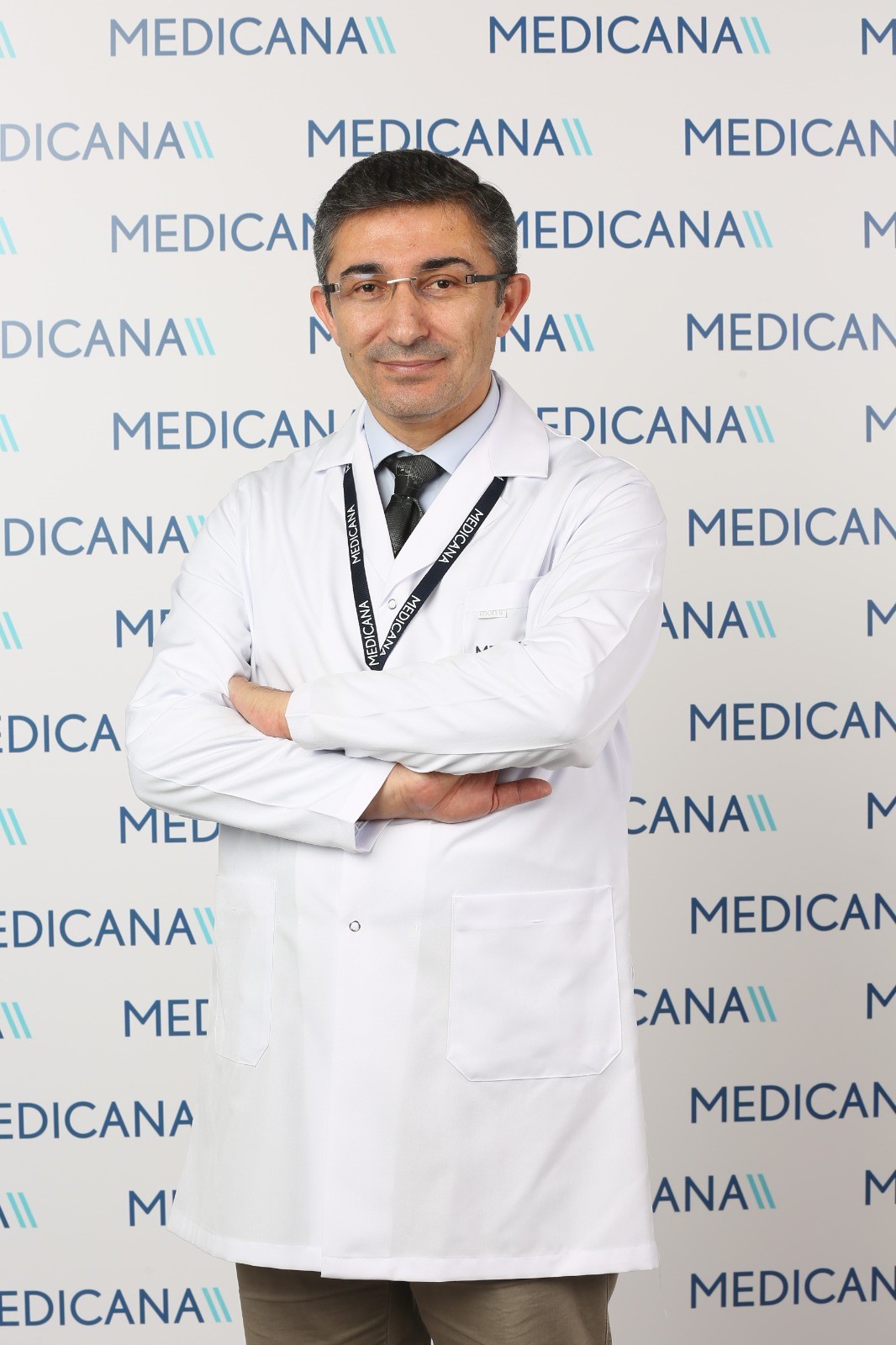
Cardiology Specialist Prof. Dr. İbrahim Baran explained the 8 rules that patients with permanent pacemakers should follow after surgery.
Permanent pacemakers are known as electronic devices that create and regulate the rhythm of the heart and can shock the heart when necessary. Stating that the first pacemakers treated ailments such as fainting, dizziness and weakness caused by slowing of the heart, Medicana Health Group Cardiology Specialist Prof. Dr. İbrahim Baran said that in the following years, more advanced permanent pacemakers (ICD, CRT) were started to be used in the treatment of fatal rapid rhythm disorders and heart failure.
Stating that there are 8 rules that patients with permanent pacemakers should follow, Medicana Bursa Hospital Cardiology Specialist Prof. Dr. Baran explained these rules as follows:
“The pacemaker patient should not move the arm on the pacemaker side for the first 2 days. At home, the shoulder on the side of the wound should not be moved much for 1 month. Apart from the shoulder, the forearm and hand can be moved. It is not correct to stick the arm to the body. The arm should be free and only shoulder movements should be restricted. The area where the permanent pacemaker is implanted should not be pressurized and should not be prone for 20-30 days. The side where the wound is located should be kept clean and dry. Wound care should be performed by your doctor at the first 1-week follow-up visit. Each patient with a permanent pacemaker is given a special card by the pacemaker company. This card contains the patient's identity information and pacemaker information. This information is recorded and monitored by both the relevant hospital and the main unit of the pacemaker company. Patients must carry this card with them at all times. Permanent pacemakers are electronic devices. Strong electromagnetic fields cause interference. This can seriously impair the function of the pacemaker. These include MRI machines in hospitals, detectors (X-ray machines) at airports and at the entrances of some buildings, and cautery devices used in some surgeries. Patients without an MRI compatible pacemaker cannot have an MRI. Patients with pacemakers should not pass through the X-ray machine. Patients with pacemakers should avoid electric arc welding and transformers. Plain X-rays, angiography, ultrasound, computed tomography and dental interventions do not affect the pacemaker, but it is appropriate to inform those involved that you have a pacemaker when undergoing these procedures. Most appliances used at home such as refrigerators, washing machines, irons and stoves do not affect the pacemaker. When using cell phones and cordless phones, it is recommended to keep them 15 centimeters away from the battery pocket, if possible on the other side. With regular pacemaker measurements and specialist physician controls, it is possible to extend the life of the pacemaker for an additional 2 years.”
İHA Haber Kodu: 20241112AW327324